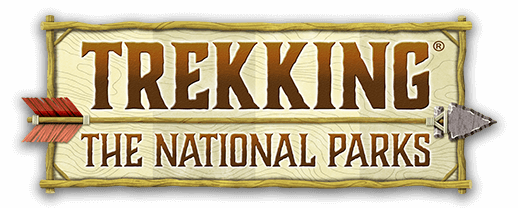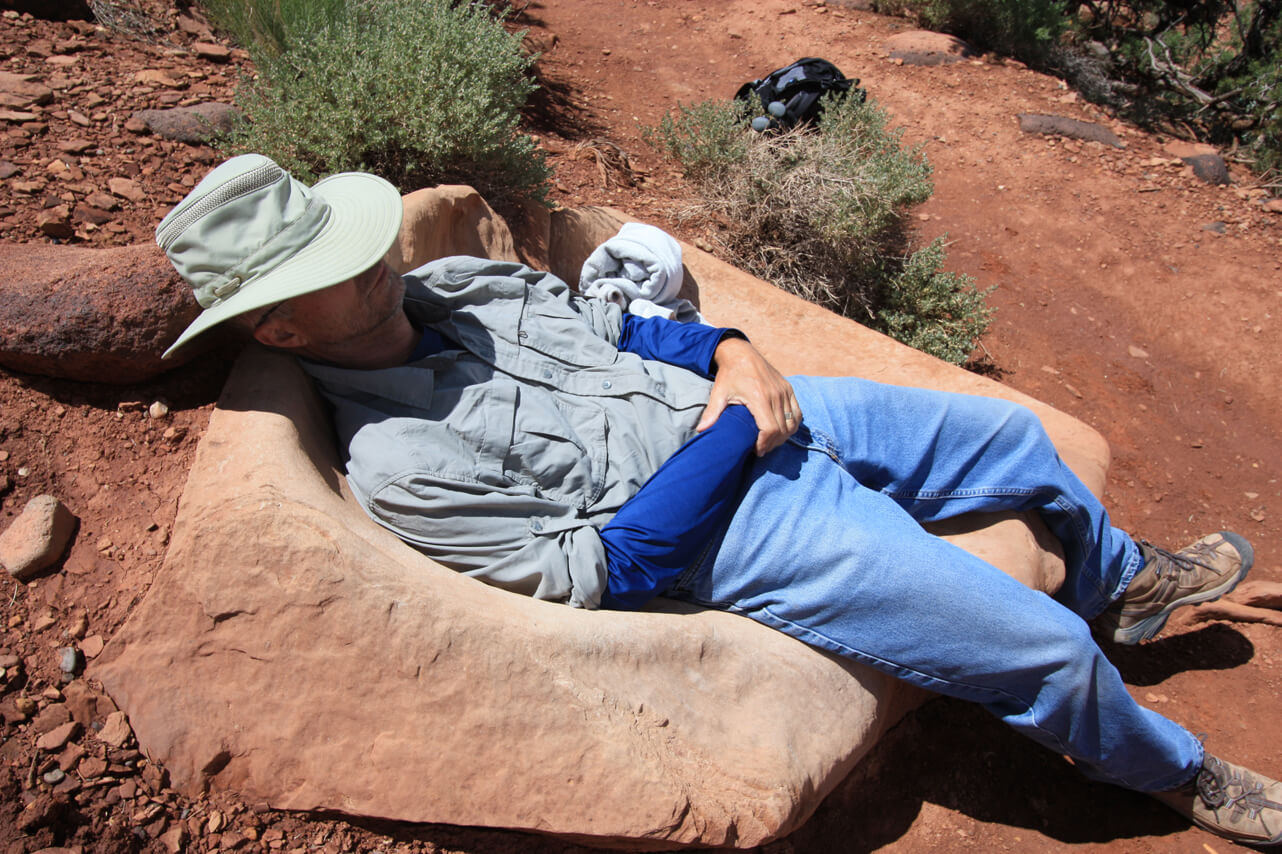Capitol Reef National Park
Located: Utah - Established: December 18, 1971
The Park: Pie is Strength! If you like pie, visit this park! The Gifford Farmhouse is located adjacent to the Fruita Campground and sits amongst a fruit and nut orchard.
Dewey Gifford sold his homestead to the National Park Service in 1969. The kitchen of the Gifford residence was converted into a Natural History Association sales outlet, which sells locally baked fruit pies. For a modest fee, you can sink your teeth into the tastiest of pies, which will give you strength to explore this lovely park!
If you prefer to eat your fruit right off the tree, you are welcome to stroll about the orchards and pick a peach, a pear, a cherry or apple and consume the ripe fruit as you mosey about the grounds!
Orchards and Barn at Capitol Reef
Although one of my fondest memories of Cap Reef is the pie, most recognize this park for its Waterpocket Fold. The Fold is a 100-mile long wrinkle in the earth’s crust that was formed over 50 million years ago.
The rocks on the west side of the fold were lifted more than 7000 feet higher than those on the east exposing a variety of colorful geologic layers. Access to the Fold is gained in the southern section of the park via dirt road.
Getting there: Capitol Reef is the middle component and most remote of Utah’s “Mighty 5”– the five magnificent national parks in southern Utah. Access this park via Utah State Hwy 24.
Capitol "Dome"
When to visit: Capitol Reef is open year-round. The summer months are warm. Spring and fall are ideal for hiking. The elevation at the Fruita Visitor Center is 5500’ so winters tend to be cold.
What to do: Capitol Reef offers a wide variety of outdoor activity including camping, hiking, biking, backpacking, backcountry horseback riding and more. Like Canyonlands, Capital Reef also has a nice display of ancient Indian petroglyphs that are easy to access.
Trails to hike: In the Fruita area, you’ll find fifteen day-hiking trails with varying degrees of difficulty. Capitol Gorge, Goosenecks, Grand Wash and Sunset are all rated “easy.” Three trails are rated “moderate” and the remaining eight have been listed as “strenuous!”
Where to Stay: There are no restaurants or lodges within the park boundaries; however, the Fruita Campground hosts 71 developed campsites with picnic tables and fire pits. Restrooms feature running water and flush toilets but no showers.
Section of the Waterpocket Fold
Memorable moment: Sitting in our tent at the Fruita Campground during a torrential downpour enjoying the rainfall as we ate our Gifford Farmhouse pies.
Trivia: Long ago the people who were responsible for the petroglyphs carved into the rock walls in this park as well as those who constructed the cliff dwellings found in the four corners section of the country were referred to as Anazazi. This changed when it was discovered that the word “Anazazi” was a derogatory word used by other Native Americans when referring to cliff dwelling tribes! Today these people are known as Ancestral Puebloans.
Banner: "Avalanche"of smooth rounded boulders spotted near the Visitor Center.
Experience these Check List:
- Stop by the park's Visitor Center
- Pick fruit from the trees
- Buy a pie at the Gifford Farmhouse!
- Discover the hundred-mile "Wrinkle"
- Take the Scenic Drive
- Trek the park's many trails
Trekking Cap Reef. Park visit #6.





